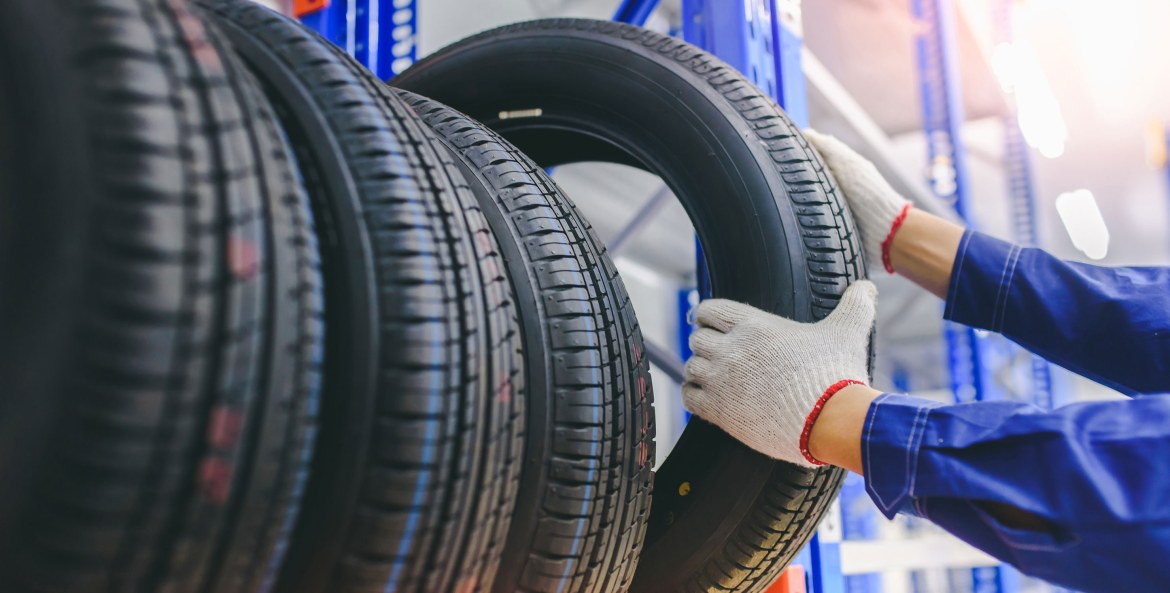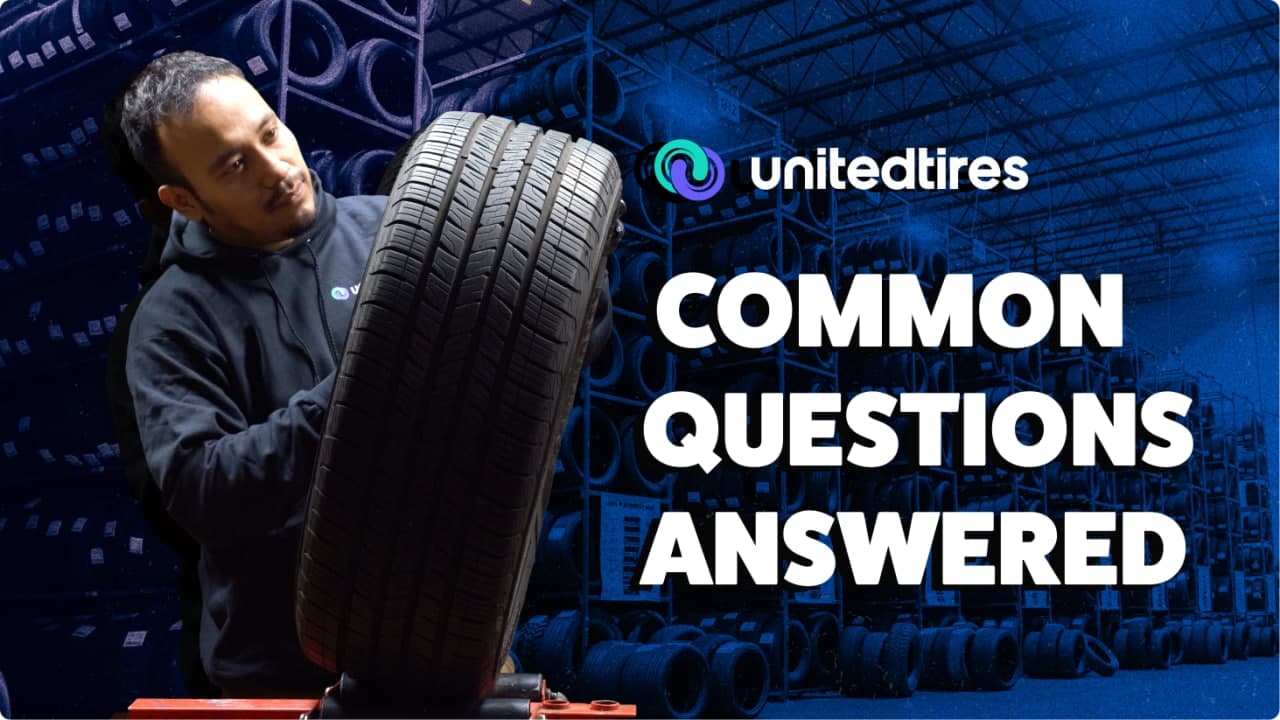All Categories
Featured
Table of Contents
The Michelin used a comfy driving experience, qualified by responsive guiding and a modern understeer equilibrium. Regardless of the cooler testing conditions, Michelin's consistent time and hold over three laps indicates its suitability for real-world applications. Alternatively, Yokohama's performance was distinct. While its super-quick guiding led to a rapid front axle turn, the back showed a propensity to turn a lot more.
The tire's initial lap was a 2nd slower than the 2nd, pointing to a temperature-related hold rise. For day-to-day use, the Michelin could be a safer bet.
Trusted Performance Tyres Near Me
It shared Michelin's safe understeer balance but did not have the latter's determination to transform. Continental and Goodyear's performances were remarkable, with Continental's brand-new PremiumContact 7 revealing a significant improvement in damp conditions contrasted to its precursor, the PC6. This model was much much less delicate to fill adjustments and acted similar to the Michelin, albeit with a little less interaction at the limitation.
It incorporated the risk-free understeer balance of the Michelin and Continental with some stylish handling, confirming both foreseeable and fast. As an all-rounder for this Golf GTI, Goodyear's Uneven range was the standout, showing impressive efficiency in the wet. Lastly, the Bridgestone Potenza Sport took the crown as the fastest tire, albeit by a little margin.
This tyre obtained grippier as it heated up, comparable to the Yokohama. Motorists seeking an interesting damp drive might locate this tyre worth thinking about. The standout performer in damp stopping was the most recent tire on examination, the PremiumContact 7, though the results are nuanced. We carried out wet braking tests in three various methods, twice at the brand-new state and once at the used state.
Honest Tyre Installation – Bedford
Ideally, we desired the chilly temperature level examination to be at around 5-7C, yet logistical hold-ups suggested we tested with an ordinary air temperature level of 8C and water at 12C. While this was cooler than common examination problems, it was still warmer than real-world problems. The warm temperature level test was done at a standard of 18C air and 19C water.
The third run involved damp stopping tests on used tires, specifically those machined down to 2mm with a small confrontation. While we meant to do more with these worn tires, climate restraints restricted our testing. Nonetheless, it deserves keeping in mind that wet braking is most essential at the worn state, as tyres generally enhance in dry problems as they wear.

Nonetheless, it shared one of the most significant performance decline, alongside the Yokohama, when used. Bridgestone, Goodyear, and Michelin saw the least performance reduction when used. Bridgestone and Goodyear's performance dipped in cooler problems. The Hankook tire signed up the smallest efficiency decline as temperatures cooled down, however it was among one of the most affected when worn.
Trusted Tyres
The take-home message right here is that no solitary tyre succeeded in all aspects of damp stopping, showing a complex interaction of aspects affecting tire performance under different problems. There was a standout tire in aquaplaning, the Continental completed top in both straight and bent aquaplaning, with the Michelin and Goodyear additionally excellent in deeper water.

Yokohama might gain from somewhat even more grip, a problem possibly influenced by the cooler conditions. As for handling, all tyres executed within a 2% range on the lap, showing their high-quality performance (Tyre repair). Considering these tyres essentially target the same customer, it's interesting to observe the substantial differences in feeling.
The surprise is since the PremiumContact 6 was just one of my favourites for sporty dry drives, but its successor, the PremiumContact 7, seems more mature and resembles Michelin's efficiency. Amongst these, Hankook was the least precise in guiding and communication at the limit. Long-lasting tyres. Both Michelin and Continental offered beautiful preliminary guiding, albeit not the fastest
If I were to advise a tyre for a rapid lap to a newbie, state my daddy, it would certainly be just one of these. We have the 'enjoyable' tires, particularly Yokohama and Bridgestone. Both were quick to guide and really felt sportier than the others, but the trade-off is a more lively rear end, making them a lot more difficult to handle.
Long-lasting Tyres Near Me – Bayswater
It supplied similar guiding to Bridgestone however supplied much better responses at the limit and much better hold. The Bridgestone Potenza Sport, however, appeared to weaken quite swiftly after just three laps on this requiring circuit. There's Goodyear, which placed itself somewhere between the enjoyable tires and those having a tendency towards understeer.
All in all, these tires are superb entertainers. In terms of tire wear, the approach used in this examination is what the market refers to as the 'gold requirement' of wear.
Both the Bridgestone and Yokohama tires considerably underperformed in contrast to the other four tires in regards to rolling resistance, with Continental somewhat exceeding the remainder. Pertaining to the comfort level of the tires, as expected, most demonstrated an inverted correlation with handling. The Continental, Michelin, and Goodyear tyres carried out ideal across various surface types evaluated.

Bridgestone started to reveal indicators of firmness, while Yokohama was particularly disconcerting over gaps. We did gauge interior sound degrees; nonetheless, as is usually the instance, the results were closely matched, and due to weather restraints, we were incapable to conduct a subjective evaluation of the tires sound. We looked at abrasion figures, which measure the amount of tyre tread lost per kilometre, normalised to a one-tonne automobile.
Reliable High-performance Tyres Near Me
This number stands for the amount of rubber dust your tires generate while driving. Michelin led in this category, creating over 9% much less rubber particle matter.
Latest Posts
Honest Wheel Alignment Near Me
Reliable Vehicle Tyres Near Me
Reliable Tyre Checks Near Me